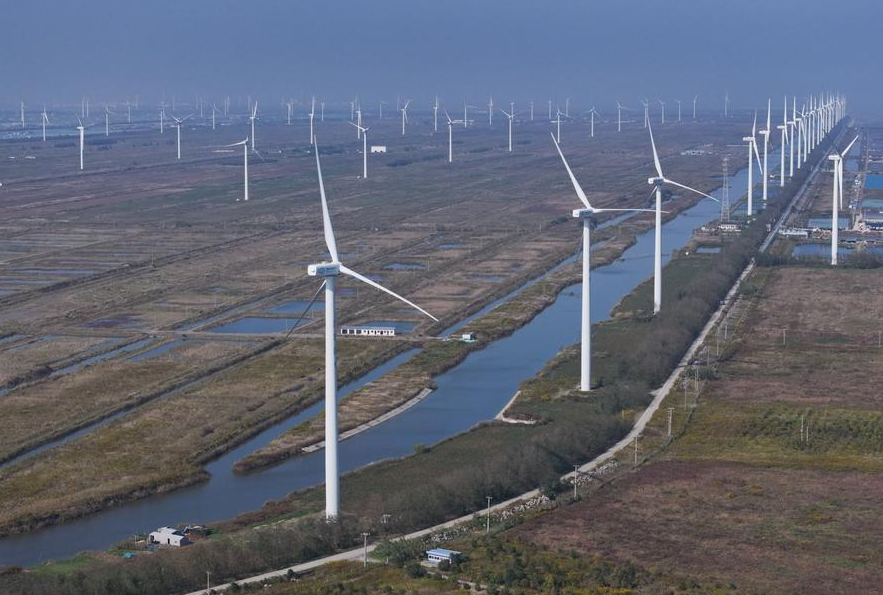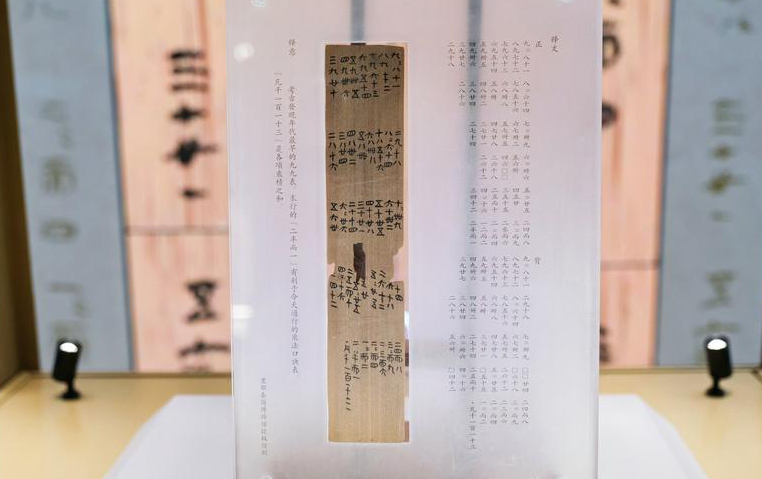Minor Cold: Counting down the lengthy, cold winter

Xiaohan, or “Minor Cold” – the penultimate of the 24 solar terms in the Chinese lunar calendar – falls on Tuesday, just five days after the New Year.
Though it's called “Minor Cold” in English, according to China's meteorological data, there have only been a few years when the temperature during this period was higher than the following "Major Cold" solar term.
The ancient Chinese dubbed the coldest winter days as “Sanjiu," referring to the third nine-day unit after the Winter Solstice, and it overlaps exactly with the Xiaohan.
The average temperature in China’s capital Beijing at this time is usually around negative five degrees Celsius, while in northeast China, it could plunge to minus 30 degrees Celsius.
Even though temperatures plunge at this time, spring is not far away. The ancient Chinese noticed the subtle changes in seasons by observing the movements of the birds.
As is recorded in “The Book of Rites” dated back to the West Han Dynasty (202 BCE - 8 CE), wild geese would usually start to fly back to the north while the magpies make their nests.
For Chinese people, this time of year also sees preparation for the most important festival of the year: the Spring Festival. The last lunar month, also known as “Layue” usually begins around Xiaohan.
In the old days, Chinese families would usually start to purchase the necessities for the Spring Festival, such as fireworks, colored lights, Spring Festival prints, incense, as well as food. Many people would write couplets and make paper cuts by themselves.
Editor:梁子硕
LATEST
- Xi urges breaking new ground in advancing rule of law in China
- Chinese premier pledges closer cooperation with Russia in investment, energy, agriculture
- China's primary school population peaks, middle school to follow



